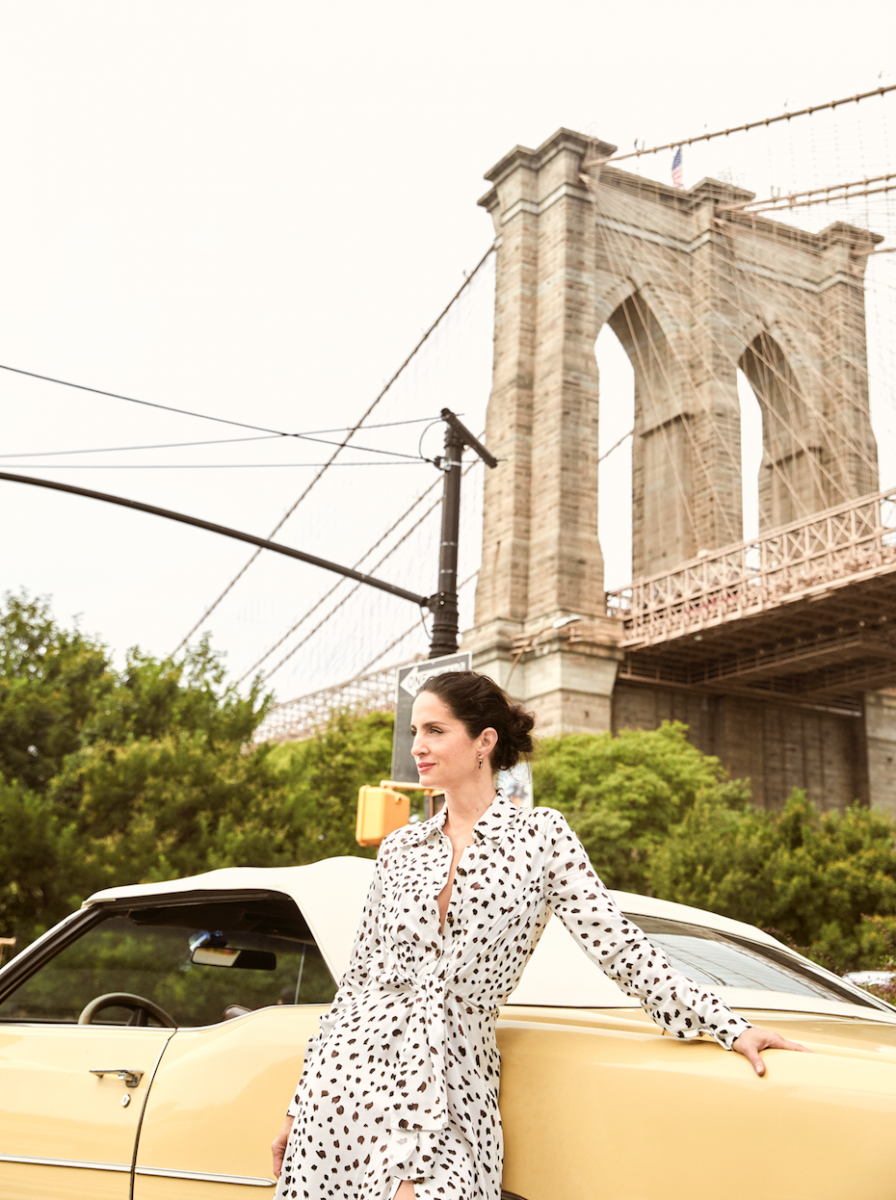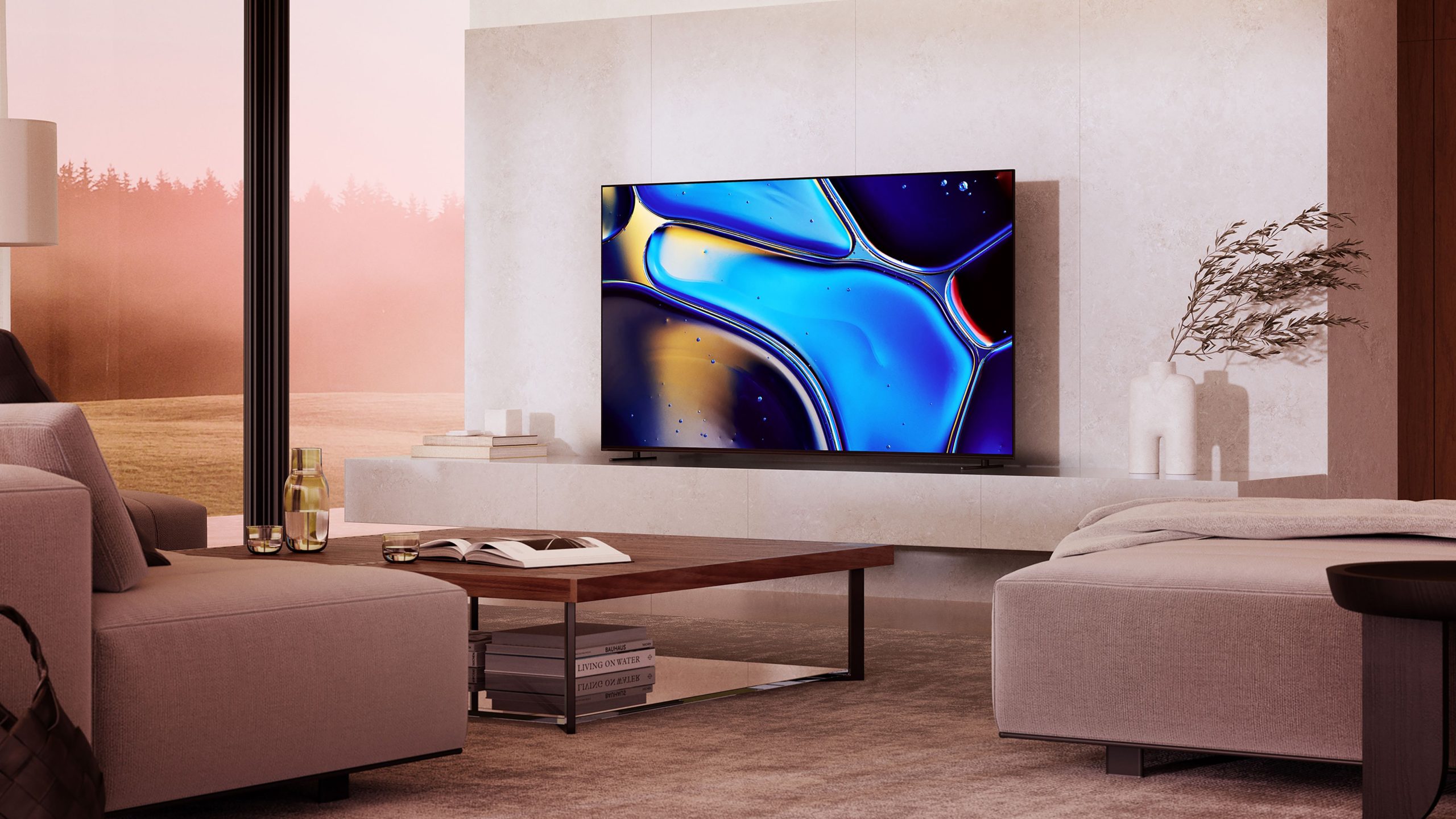Think of your favourite memories. It’s likely that most (if not all) of them are tied to a particular scent that, once smelled, is capable of transporting you to a place or moment in time—your grandmother’s kitchen, a perfume on a first date, an ocean breeze. Our sense of smell has a powerful connection to our memories and emotions which is perhaps why fragrances are so adored and sought after. Carolina A. Herrera has been at the helm of some of the most critically acclaimed fragrances over the past two decades. As the Beauty Creative Director of iconic fashion house Carolina Herrera, the world of fragrance is one that is close to her. With the launch of the brand’s latest men’s fragrance (Bad Boy), she provides an intimate look into her world and what it takes to create a game-changing scent.
How do you conceptualize a new fragrance?
In the beginning, there is always a strong, powerful image or idea. Design is made of simple but effective gestures, and a fragrance must be just that. I take inspiration from everywhere, from memories, places, and people that impress me. And the raw materials and the ingredients are everything. Sometimes a fragrance is born out of the powerful character of an ingredient or a landscape.
What goes into making that fragrance a reality?
Crafting a fragrance requires a very complex and long process that involves many different professionals and skills. From the conceptualization to the packaging or the design of the bottle, turning an idea into reality is a collective task. Searching for the best ingredients, collaborating with perfumers to get the perfect formula, or finding the right concentration are technical yet creative and poetic challenges. The whole process usually takes several months and on some occasions one or two years. And then the fragrance hits the stores and everything must be perceived as easy and natural. It’s utterly magic.
In what ways does the Carolina Herrera value of quality craftsmanship translate into fragrance making?
Carolina Herrera is not a maximalist nor baroque brand. Our identity is based on perfecting some genius brushstrokes, whether it’s in a dress, lipstick, a pair of sunglasses, or a fragrance. And this complex simplicity requires working delicately with the best ingredients. Craftsmanship is incredibly important for us. The ingredients are carefully selected, and we work more and more with suppliers and laboratories that care for sustainability and quality. One example: jasmine flowers, which are the signature scent of many Carolina Herrera fragrances, must always be harvested at sunrise in order to preserve their finest olfactive features. That is pure craftsmanship!
RELATED: 7 Virtues Founder Barb Stegemann on How Businesses Can Make Meaningful Change
What do you think makes a fragrance sell?
Fragrances are powerful tools for storytelling, and everything, from the naming to the material of the bottle, is carefully selected to convey the right concept. Because of that, the first input is always instinctive and immediate. A successful fragrance must be love at first sight. But, in order to make that relationship grow and evolve, the scent must be wonderful, unexpected, wearable and balanced. It has to smell great and it has to make you feel gorgeous.
What story about today’s man do you want to tell with Bad Boy? Especially as gender roles evolve in our cultural dialogue?
Bad Boy is a fragrance built on a very progressive and advanced view on contemporary masculinity, because it does not talk of monolithic values, but of duality. Our bad boy is not an evil boy, but a man who celebrates his contradictions and can be strong and tender at the same time.
Have you seen a shift towards genderless fragrances as a reflection of a larger cultural shift?


Of course, genderless fragrances are an increasingly important niche for the perfume industry, specially in the luxury business. The Herrera Collection fragrances, for example, are our most exclusive creations and they are not restricted to men or women exclusively. They are based on the quality and the magic of ingredients, and can be combined and layered with other fragrances in order to be enjoyed by everyone.
On the other hand, there are some very strong olfactive conventions built around the masculine and feminine categories, which are essential to the way many people understand fragrance. We want to dialogue with this public too, and we actually believe that fragrances are a great way to help evolve our preconceptions on masculinity and femininity. We like to introduce certain ingredients, notes, and accords that challenge our general assumptions on gender. We approach this issue at different levels.
How do cultural trends influence trends in the fragrance industry?
Fragrances are cultural creations, and they are affected and influenced by everything around us: music, movies, art, photography, magazines, literature, dance, underground and street culture. A fragrance can be inspired by a wonderful stiletto, a rebellious skateboard or an operatic aria.
What does it take to be an innovator in the fragrance industry?
In order to innovate in the fragrance industry, you have to take certain risks and undertake important challenges. Sometimes it has to do with breaking the rules of olfactive conventions, and sometimes with looking for unexpected ways of obtaining, processing, and using ingredients. The fragrance industry is amazingly technical and sophisticated, and sometimes a revolution lies in a new technique of extraction.
Has COVID-19 affected how consumers interact with fragrances?
On the one hand, the interaction with fragrances is more emotional and intuitive than ever before, because they encapsulate our desire to travel, to go out, to enjoy life with Alegría de Vivir. On the other hand, it has fueled the digital transformation of the whole industry. We have been very ambitious and last year we launched our new website, with a sophisticated online boutique where customers can discover our universe and customize their orders.
RELATED: Is Men’s Makeup the New Frontier for Grooming?
How are you working towards making your fragrances more sustainable?
Sustainability is a major concern for us. We work with laboratories and suppliers that are constantly implementing new techniques and policies in order to achieve a more balanced and respectful relationship with the environment and the preservation of wildlife and the planet. For example, MANE, which is one of our partners, is a company that looks for new ways of extracting ingredients and raw materials in a more sustainable way. Besides, whenever we create a new bottle and packaging design, we try to make it a bit more sustainable each time.
How do you approach diversity and inclusivity in developing and promoting a scent?
We try to encourage diversity and inclusivity in all our launches. Some of them are particularly meaningful, like the new launch of 212 Heroes, which is presented by a gang of talents who support these ideas and values. Besides, even when we create a masculine or feminine fragrance, we always like to present evolved and advanced interpretations of gender. Bad Boy, for example, is not a fragrance inspired by the traditional concept of virility, but fueled by contemporary masculinity, which balances strength and sensibility, rebelliousness and empathy.
How do you think the fragrance industry should evolve?
I guess that, compared to other creative fields, the fragrance industry actually evolves very fast and with a lot of suppleness. In the next few years some urgent revolutions are going to happen: sustainability, diversity, inclusivity, and, of course, the interaction between the digital and the physical world.













